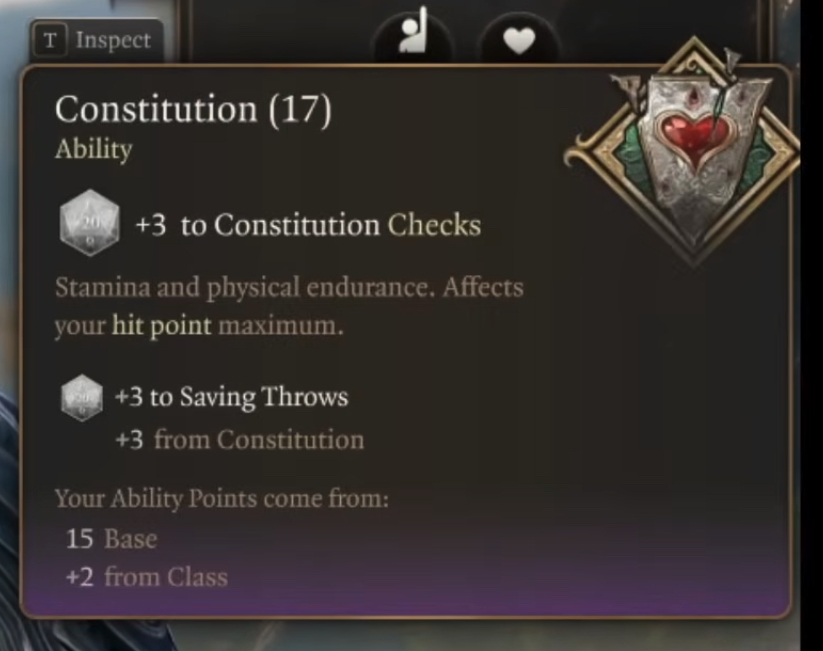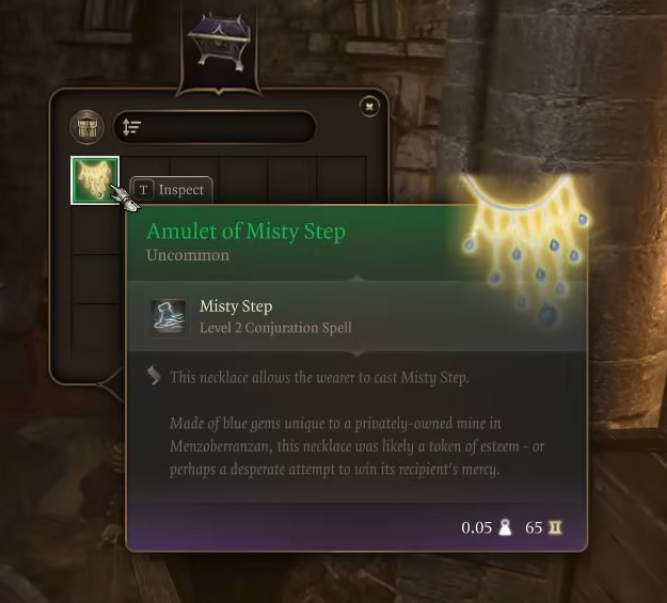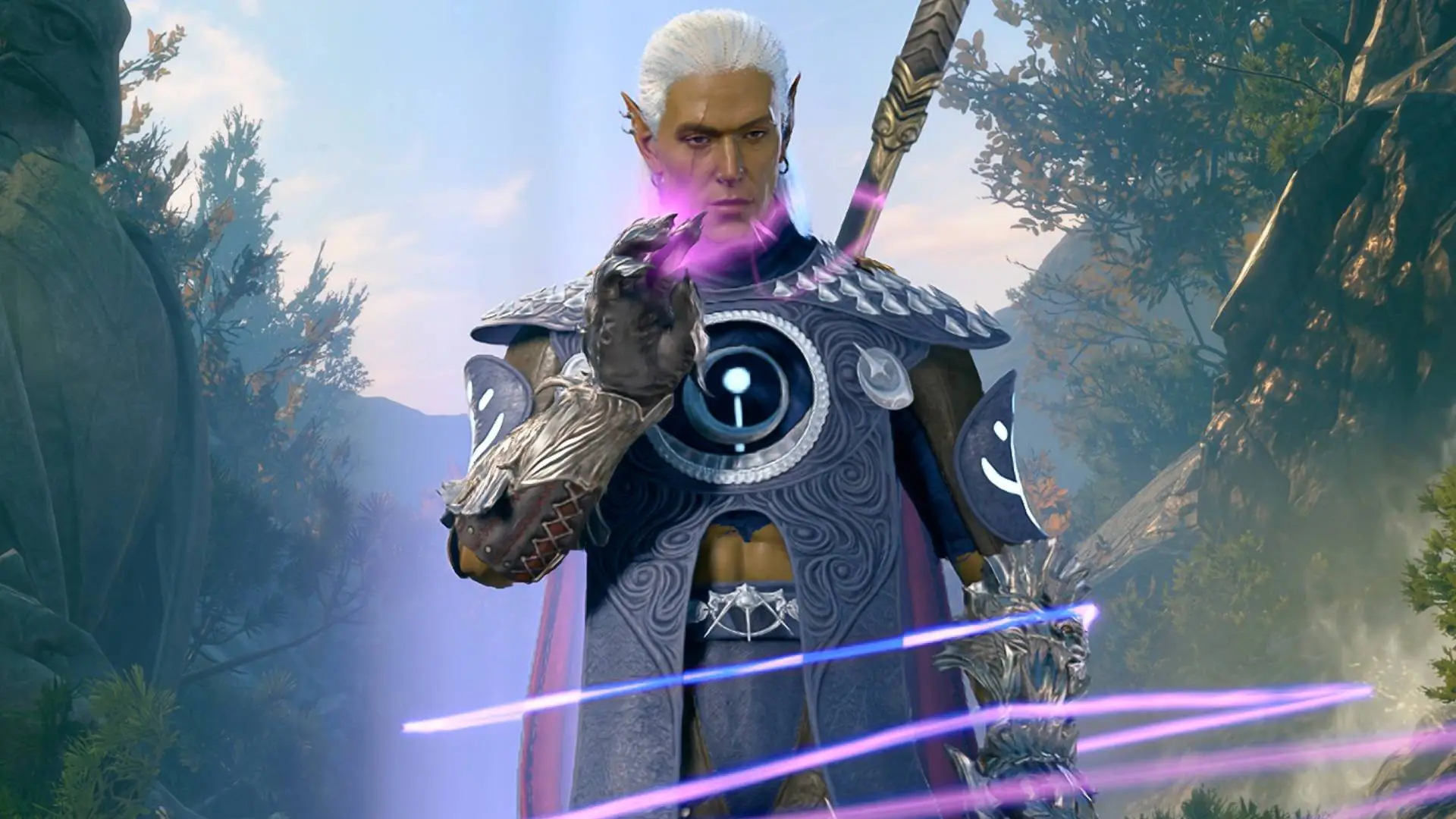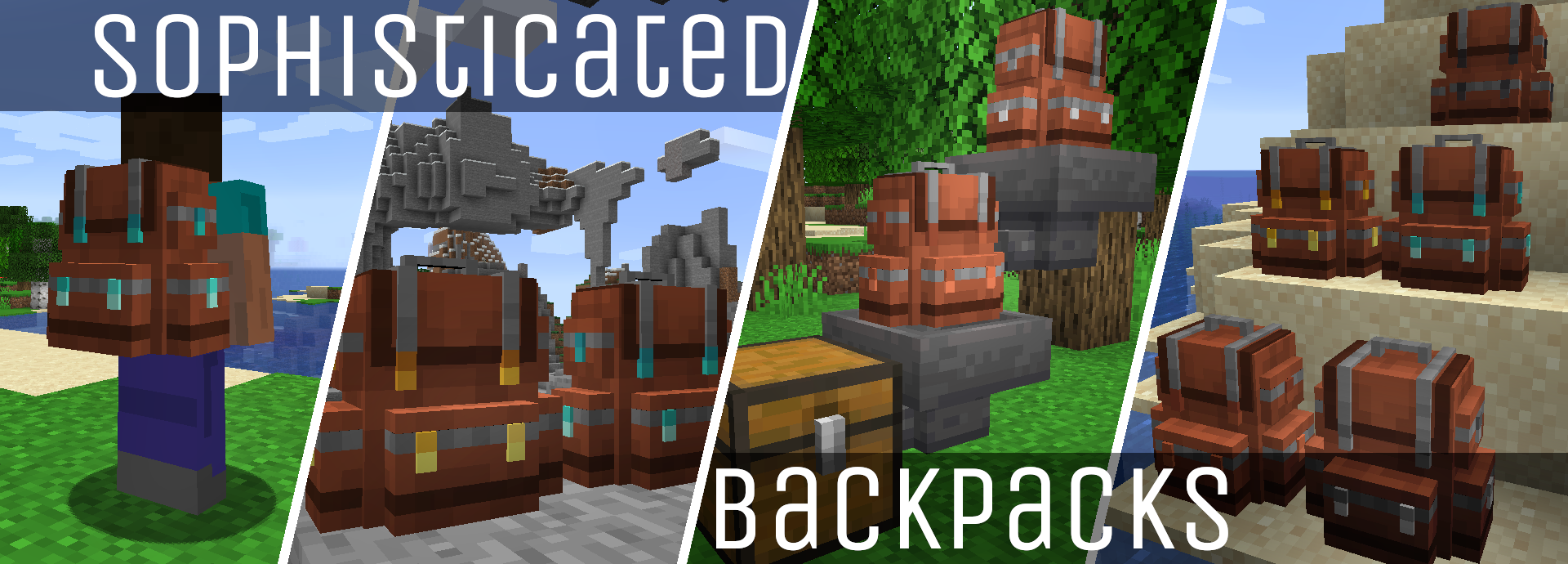With every new update, Baldur’s Gate 3 has taken the gaming world by storm, and for good reason. With its incredible flexibility, deep character customization, and engaging gameplay that stays true to the spirit of Dungeons & Dragons, it’s no wonder players can’t get enough of it.
Now, let’s focus on one of the most debated player classes: the Necromancer. If you’re a fan of D&D-inspired games, you might be all too familiar with the struggles that come with playing a Necromancer.
Weak minions, clunky mechanics – it’s like the game developers just can’t seem to get it right, leaving Necromancy players feeling underpowered and frustrated.
But wait, could Baldur’s Gate 3 be the game that finally breaks the curse of the weakest class?
The developers have taken a fresh approach, focusing on a cleric-based Necromancy archetype that’s got everyone talking. It’s a unique build strategy that has caught out attention.
So, let’s take a closer look at what Necromancy in BG3 is all about as we explore the gameplay, mechanics, and builds to see if this new approach lives up to the hype or not.
Introducing Minion Necro Build
Necromancy mechanics in BG3 allow you to raise undead allies to fight for you, unleash massive necrotic attacks, and sustain your resources for maximum combat staying power.
The standout Necromancer character merges Cleric and Wizard mechanics, providing a powerful combination of defense, healing, and raw destructive power.
The build lovingly called “Minion Necro” starts as a Cleric, leveling in a way that’s different from most necromancer setups. By taking advantage of light weapons, medium armor, and support spells, the build innovates around survivability and consistent damage.
While the traditional Necromancer (Wizard archetype) levels slowly and feels weak in the early game, Minion Necro thrives right from the start, evolving into an unstoppable summoner with its early-game strength, spell utility, gold farming tricks, and minion-focused defensive advantages.
Let’s break this down step-by-step:
Early Game Strength: Minion Necro’s Clerical Advantage
Starting the game as a Cleric instead of jumping straight into the Wizard/Necromancer subclass is the key to breaking away from the weaknesses of traditional Necromancy builds.
Clerics offer toughness, healing, and early access to one of the most overpowered ideas in BG3: Support Tanking.
High Constitution for Concentration Spells

The strategy of prioritizing a high Constitution stat. In turn-based combat games like BG3, concentration is critical for consistent performance with buffs and debuffs like Bless, Spirit Guardians, or Guidance.
The Cleric’s starting stats and abilities make maintaining concentration much easier than most spell-based classes.
Medium Armor and Shield for Defense
Starting with medium armor and a shield raises the Minion Necro’s Armor Class (AC). A high AC drastically reduces incoming damage, meaning early-game enemies rarely hit the mark.
For example, the Cleric begins with an AC of 19 right from the game’s opening, providing near invincibility against weaker foes.
Attacking Multiple Opponents at Low Levels
Clerics from the Death Domain subclass gain the Reaper passive, enabling them to cast Cantrips on two creatures at the same time.
Abilities like Bone Chill or Toll the Dead can hit multiple enemies, ensuring consistent damage output in the early phases.
Breaking the Game with Gold Glitches and Item Synergies
For any class, access to powerful equipment can completely change the tide of combat. Minion Necro cheats the game’s gold economy early on to ensure quick access to otherwise unreachable items.
This strategy involves Shadowheart multiclassing into a Hexblade Warlock, binding her weapon, and basically creating endless gold glitches through repetitive item-selling tricks.
Here’s how:
- Shadowheart binds a weapon, trades with merchants to copy the item, and continually sells it back to the same trader.
- After getting tons of gold, players buy the best defensive gear. One such example is the Whispering Promise Ring, which boosts healing and buffs attack chances, and powerful hunting bows granting advantage against creatures.
Cleric as a Base Class: A Game-Changer for Survivability
In Baldur’s Gate 3, clerics make excellent frontline spellcasters, unlike the typically fragile wizard necromancers.
By using defensive abilities such as Bless to improve hit rolls and Guidance to boost saves, the Cleric-Necromancer hybrid overcomes the usual drawbacks of a squishy backline caster.
Even enemies with high accuracy struggle against the cleric’s impressive armor class, shield proficiency, and defensive buffs.
Cleric-Level Progression Breakdown:
- Level 3: Spirit Guardians
One of the best early-game area-of-effect spells, dealing constant radiant or necrotic damage and allowing clerics to dominate group fights - Level 4: Resilient Feat (Constitution)
Boosts Constitution saving throws, ensuring exceptional concentration under pressure - Level 5: Channel Divinity
Channel Divinity – Unlocks the thematic flavor of necromancy, granting access to Animate Dead and the ability to build an undead army
Mid-Game Transition: Necromancer Wizard Hybrid
After reaching Level 6, the character shifts their focus from melee combat to necrotic synergies by taking levels in the Wizard’s Necromancer subclass.
Key Wizard Benefits:
- Shadow Blade – A Psychic Game-ChangerThe Shadow Blade spell creates a psychic weapon that can deal between 6-34 damage as early as Act Two. It not only scales with intelligence but also pairs well with spells like Booming Blade, unleashing massive bonus damage on moving enemies.
- Arcane Equitity StackingBy wearing equipment such as the Gloves of Battlemage’s Power, melee spellcasting synergizes perfectly with stacked Arcane Equity bonuses. With every spell-infused melee strike, damage scaling includes additional psychic or thunder buffs, ensuring versatility against every enemy encounter.
- Inescapable DestructionAt Level 6, the Death Cleric gains the subclass-specific Inescapable Destruction feature. This allows Minion Necro to bypass enemy necrotic resistances, an issue most Necromancers traditionally face.
End-Game Zombie Apocalypse

By the late game, BG3’s Necromancer becomes unstoppable. As the Minion Necro evolves, they move beyond conventional DPS minion strategies, focusing on durability, AoE superiority, and mass re-animation tactics.
Late-Game Power Moves:
- Enhanced Undead ArmiesLevel 4 spell slots allow the summoning of three durable zombies in one cast. With buffs like Aid granting temporary HP, these zombies outlast damage sources, turning encounters into resource-draining battles for enemies. Moreover, zombies can use Crawling Gnaw, an infectious bite that turns fallen foes into new zombies. This snowballs into an undead army even during combat.
- Self-Healing with Life EssenceEquipped with the Staff of Cherished Necromancy, enemies killed by necromancy spells regenerate the Necromancer’s HP. This item essentially removes the need for healing spells or potions during fights, making the character nearly immortal.
- Utility with Misty Step and KnockThe Amulet of Misty Step and Knock spell provide unparalleled mobility and utility for clearing locked areas or repositioning mid-fight, a critical tool for tougher Act Two encounters like the Moonrise Towers.
- Damage Synergy: Spirit Guardians + Shadow BladeThe pinnacle of this build revolves around dual-damage sources:
- Spirit Guardians deals consistent necrotic AoE damage.
- The main hand inflicts sustained physical/psychic melee damage using Shadow Blade.
Even in end-game encounters, these stacking calculations create truly unstoppable AoE massacres.
The Verdict: Did Larian Fix Necromancy?
What Works:
- Early-game power and viability as a damage-dealer and tank.
- Defensive synergies with buffs like Bless and Spirit Guardians.
- Minion focus that escalates into uncontrollable hordes of undead.
- Dead enemies fueling other mechanics, such as healing, resource regeneration, and chain-reanimation.
What Doesn’t Work:
- Reliance on a hybrid Cleric/Wizard setup limits spell-focused versatility compared to pure Necromancers.
- Zombies oftentimes miss enemies, slowing down their damage contribution except in overwhelming numbers.
- Strategy-based scripting for NPC zombies can feel clunky at critical moments.
Conclusion
Larian Studios has introduced a remarkably fun twist on the Necromancer archetype in Baldur’s Gate 3, creating one of the most powerful and satisfying mid-to-endgame builds in recent RPG play.
By addressing traditional weaknesses like survivability, minion durability, and necrotic resistance barriers, the Minion Necro offers a gameplay loop that feels limitless by the late game.
So, is Necromancy fixed in BG3?
The answer is a resounding yes. While not flawless, Minion Necro transforms the “weakest class” into a dark and unstoppable force, delivering one of the best hybrid summoner builds players can enjoy.
Let us know if you’ve tried this build and how it worked for you! Whether it’s breaking the Moonrise Towers or collecting your zombie army, Minion Necro proves that necromancy in BG3 is back with a vengeance.
What do you think: Is this the strongest version of Necromancy we’ve seen so far in RPGs?




